How much does arm swing affect running speed?
A recent study suggests that the correlation between arm movement and sprint speed may be overrated
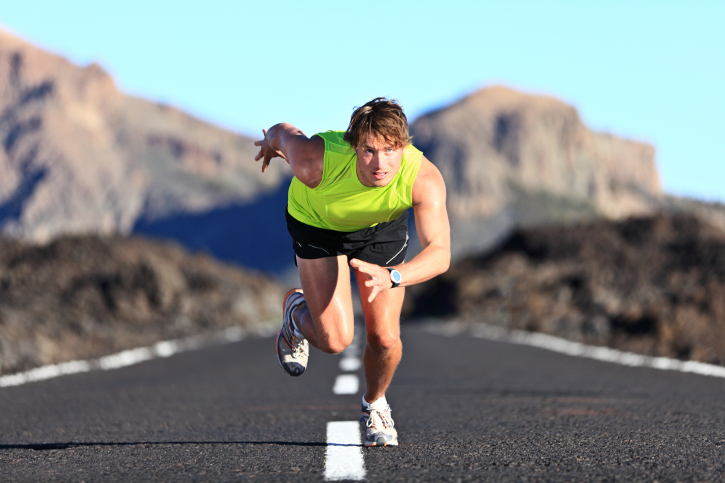
You’ve likely heard a coach tell you at some point in your athletic career that “if you move your arms faster, your legs will go with them.” Sprinters, in particular, have likely spent hours over the course of their sprint training practising their arm carriage, with specific form drills and working on their arms in the gym to build size and power. But is the correlation between arm swing and sprint speed overblown? Researchers out of Southern Methodist University and Westchester University think it might be.
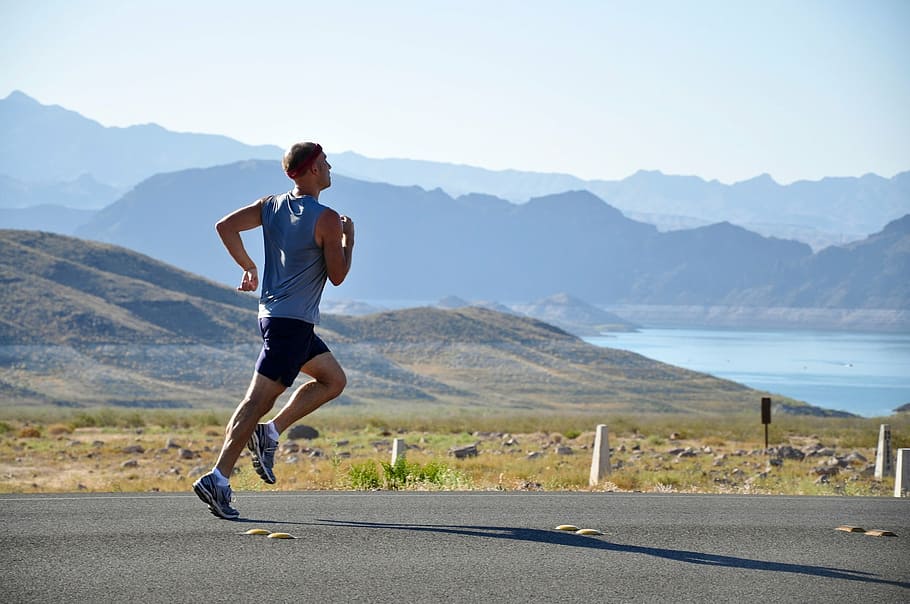
The study, published in the journal Gait and Posture, found that when athletes sprinted for 30 metres with their arms crossed over their chests, they were nearly as fast as when they were sprinting with their normal arm swing. On average, participants’ sprint time only slowed down by 0.08 seconds. “Our findings suggest the classic view that arm swing directly drives leg motion to affect performance is not well-supported,” said Peter Weyand, one of the researchers who published the findings.
The details
The study included 17 participants (10 men and seven women). Each athlete performed six 30-metre sprint tests–three using their normal arm swing, and three with their arms crossed over their chests. They used block starts for the normal arm-swing tests, and elevated platform support for the elbows in the crossed-arm test. The researchers measured participants’ average sprint performance times, as well as their instantaneous velocity using a radar device.
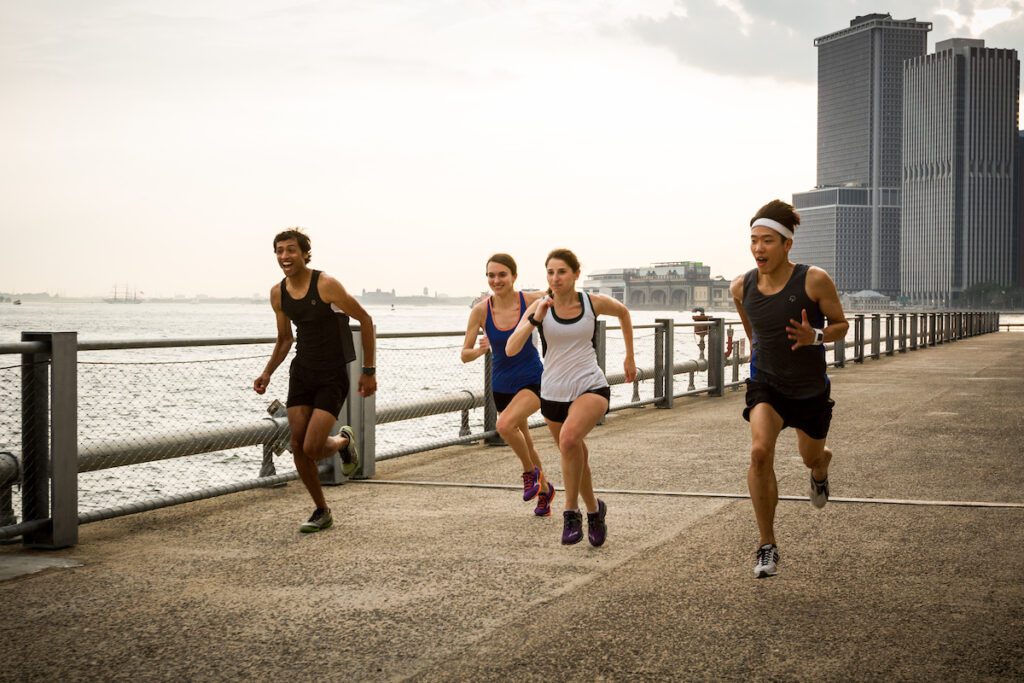
Average sprint times only slowed down by about 1.6 per cent overall, and less than 0.10 seconds for the entire group. “We were surprised by the small magnitude of difference between the two experimental conditions,” said Lance C. Brooks, lead author of the study. “It is generally believed that the arms substantially influence the movement of the legs, and therefore running speed, which clearly is not the case.”
What does this mean for runners?
While this study does raise an interesting question, there are a few important things to keep in mind when determining how this affects runners. Perhaps the biggest “elephant in the room” is that sprint races, particularly those at the elite level, have been won and lost by smaller margins than 0.10 seconds. If you’re trying to sprint at a high level, then arm carriage is still important, even if it’s not quite as significant as we thought.
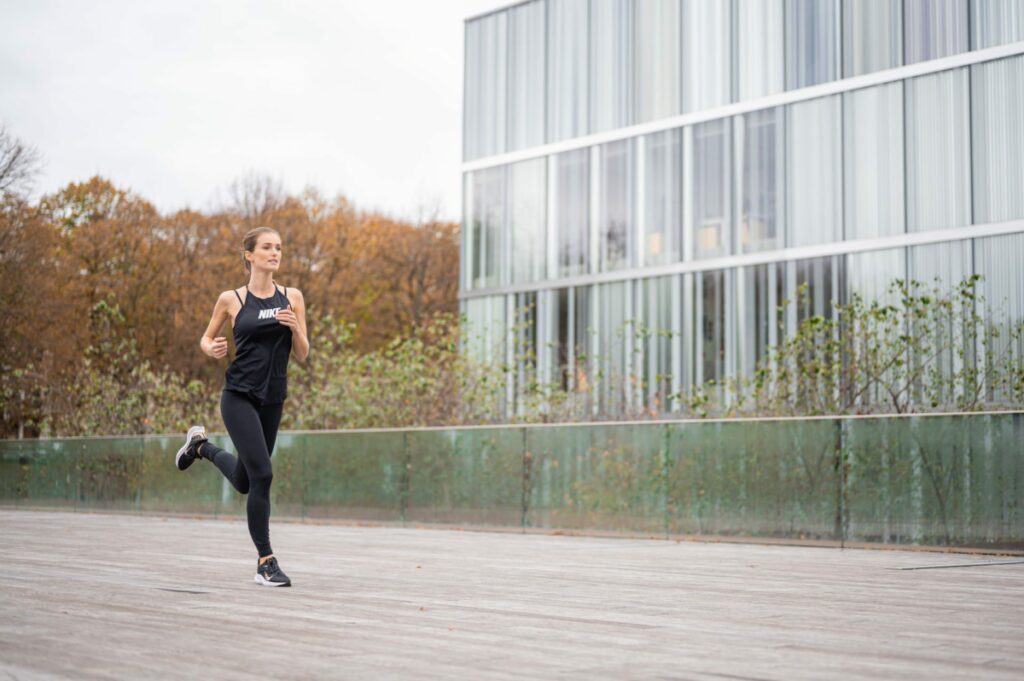
The other thing to think about is that 30 metres is a very short distance, and it’s difficult to extrapolate these findings to longer distances like the 100m dash–much less a 5K or longer. Running with your arms crossed is a very unnatural way to run, and would likely be difficult to maintain over a longer distance.
The study does point out something interesting about running form that does apply to long-distance runners. For years, experts have discussed the proper way to swing your arms for optimal performance over long distances, and we’re gradually coming to one conclusion: the best way to hold your arms is a way that feels natural and easy to you. This study highlights that arm carriage may not be as important as we thought, and watching a pack of elite runners go by with all sorts of different arm carriages is a testament to this.
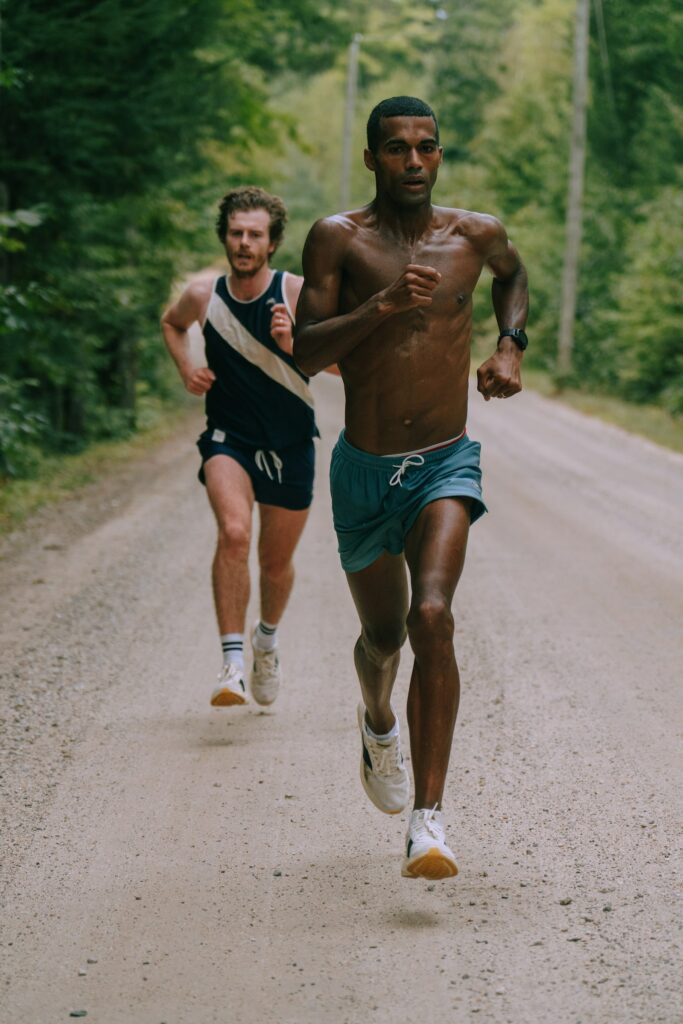
The takeaways
This doesn’t mean you shouldn’t swing your arms. Swinging your arms is the body’s way to counter the natural twisting movements that happen through your torso when you run in order to maintain a forward-facing position. This allows you to move more efficiently, and therefore faster, and the authors of the study observed this in their research.
“Virtually all runners choose to swing their arms to maintain a forward-facing position,” Weyand said. “The classic studies on the ‘why’ of arm motion during human locomotion are 40 or more years old and focused primarily on walking and jogging. So, performance effects were largely unknown.”
So are we going to stop swinging our arms when we run? No, but this study does bring us a step closer to better understanding the influence of arm mechanics on running speed.

